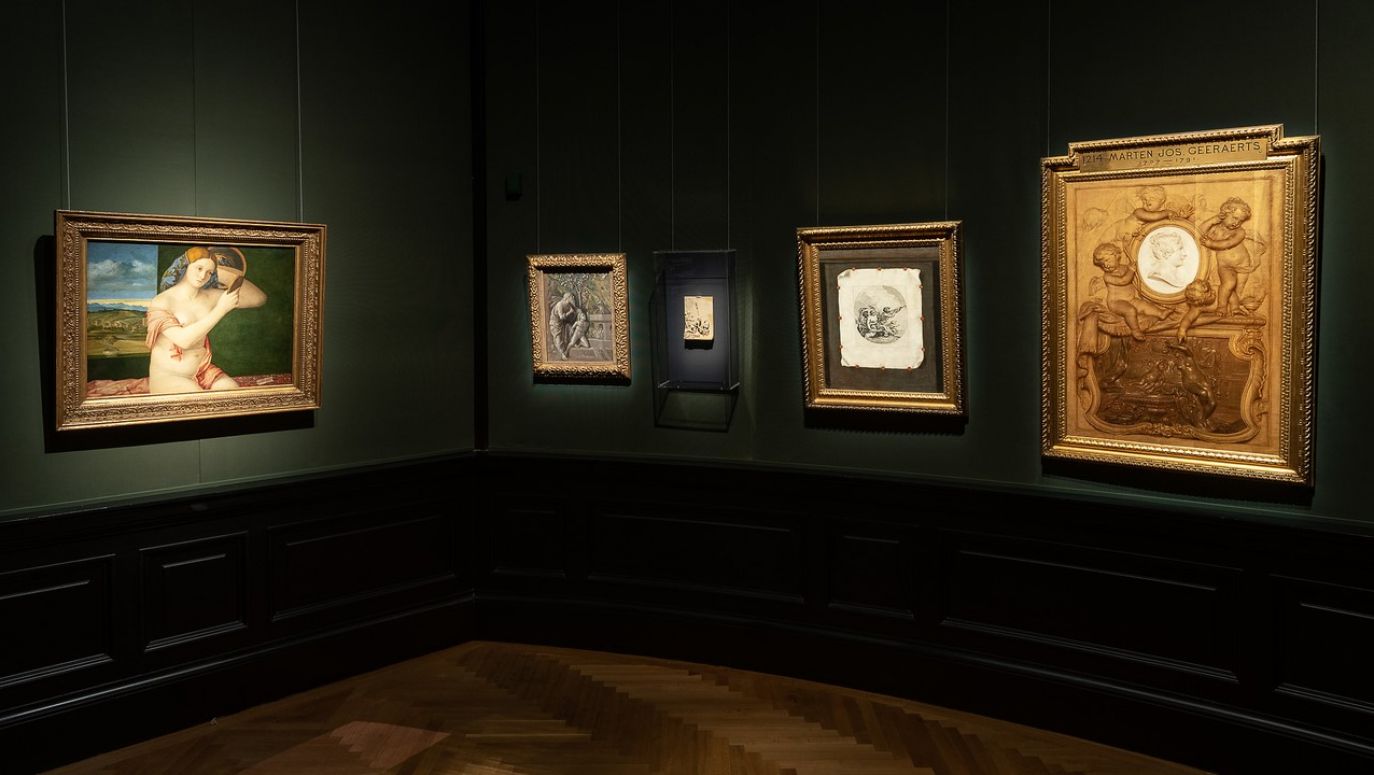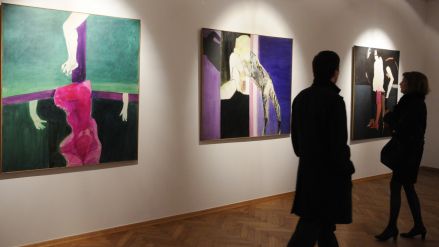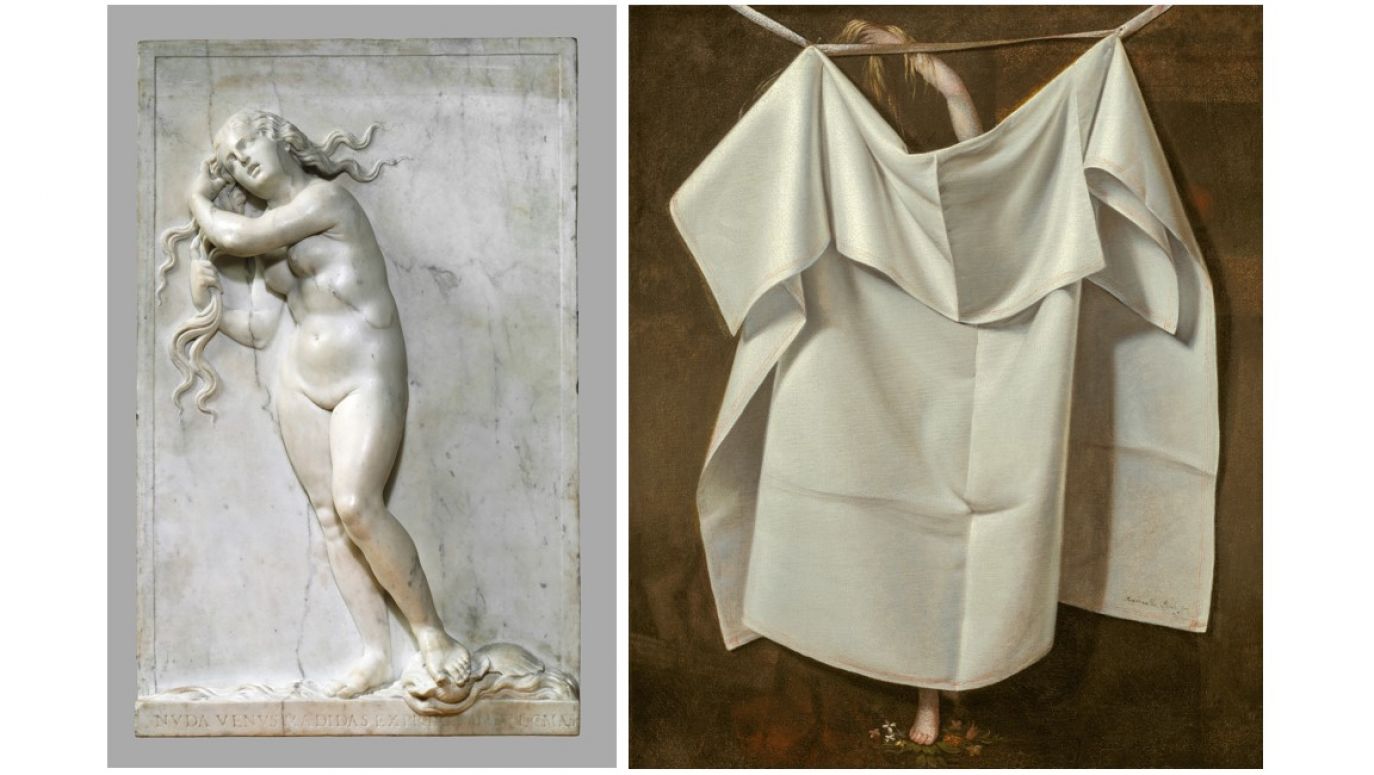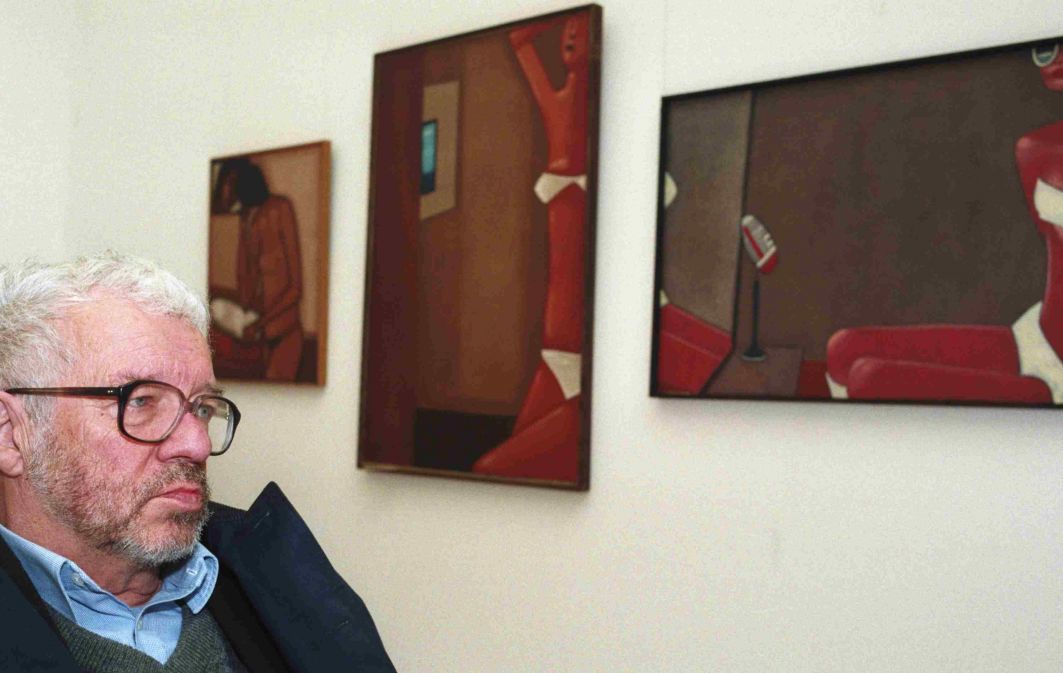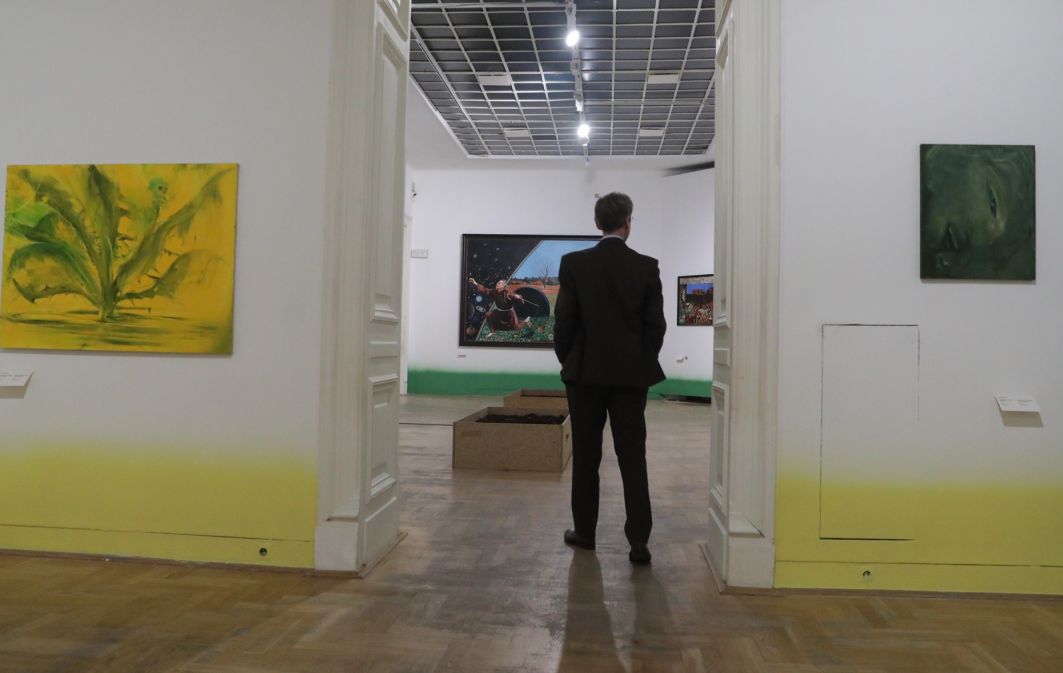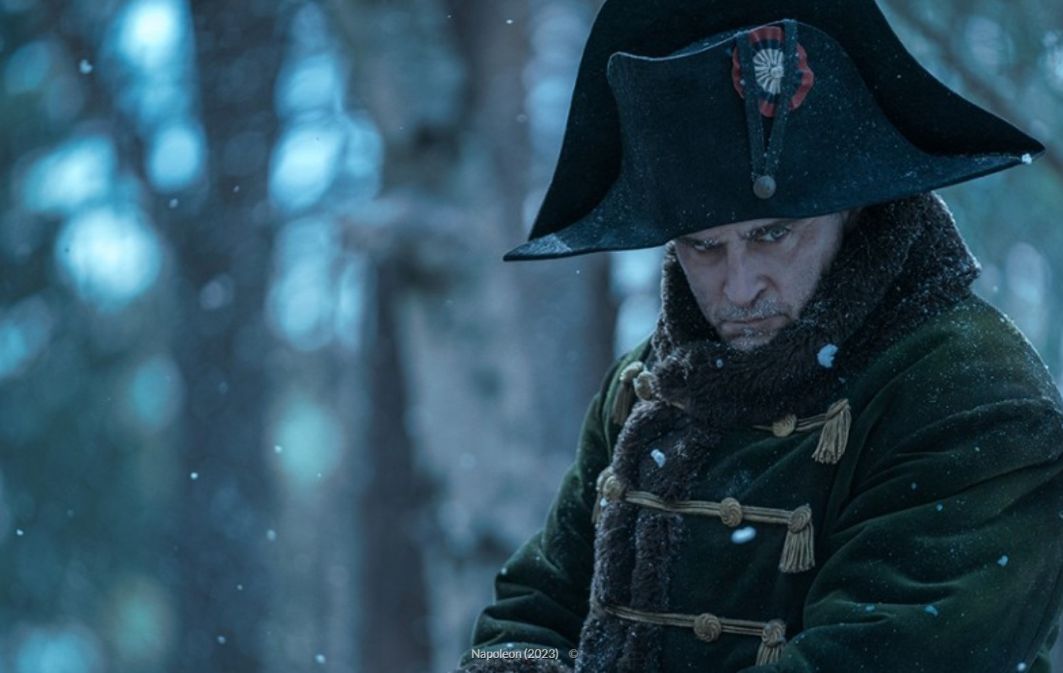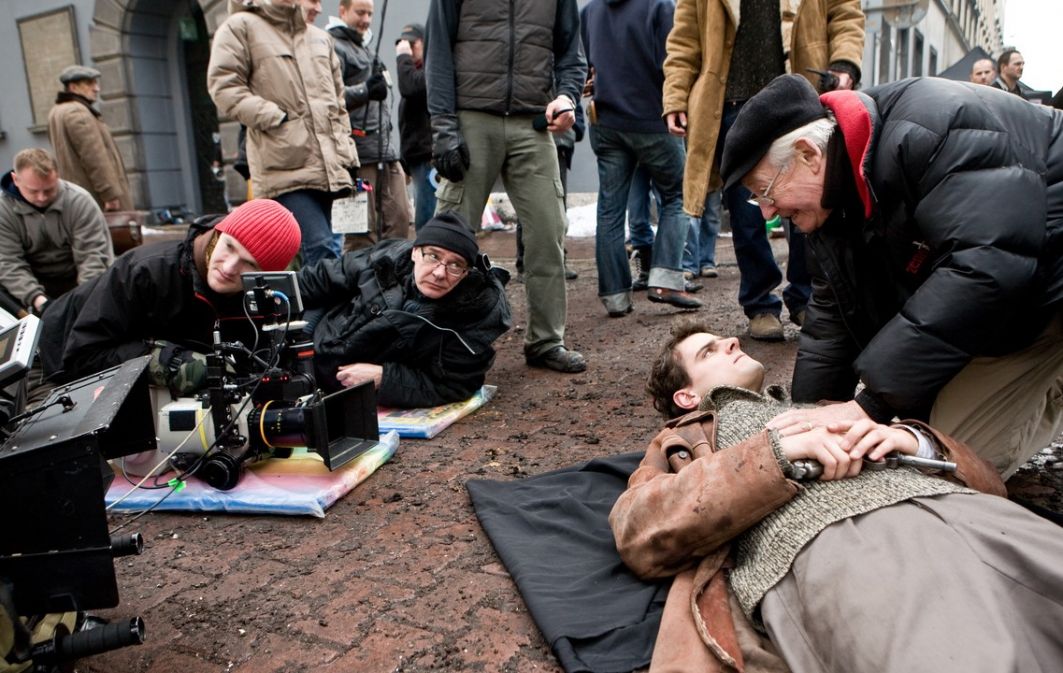I will reveal to you that in Vienna, the best time to go for close encounters with the geniuses of all time is on... Monday. On a day when most museums are closed to the public, the Kunsthistorisches Museum invites you to the rooms. And voilà! Bruegel, Dürer, Titian, Rubens, Velazquez and, in general, masterpieces by the world's greatest masters are available for viewing without crowding, at your fingertips. It was in such comfortable conditions that I watched the presentation
„Idols & Rivals” (open until 8 January 2023). Very much à propos of current sporting events.
The World Cup is coming to an end, so the excitement about competitive football is reaching its zenith. I can assure you - this is not the only area where there are constant competitions. In fact, there is no sport where there are no assessments, both by professionals and the general public, often unfamiliar with the subject. People like to measure themselves against others.
 SIGN UP TO OUR PAGE
SIGN UP TO OUR PAGE

Nowadays, however, the urge to excel in every field has reached unprecedented heights. What is more, everything seems to be available, regardless of innate aptitude. We are driven by the ubiquitous official and social media. In every field, rankings are being written up in which both professionals and casual observers have their say. The media are interested in this kind of valuing, involving the emotions of the audience. It is their voices that influence the position of a given author in the public perception.
Unfortunately! Leaders are generally short-lived in top positions. This is because their successes are often determined by blind chance plus a few strengths unrelated to their rank: beauty, astonishing novelty, a moving personal story or - from another angle - political connections.
The "best of" lists
I confess: I used to make lists of the leading artists of the visual arts scene myself, trying to introduce clearly defined categories and evaluation criteria. At the time (a dozen years ago) I was trying to combine artistic stature with commerciality - breakneck! Worse still, long out of date. However, the frenzy of ranking values is gaining momentum. Every year, various media announce their lists of those ""the best..."", heating up the feelings of the public.
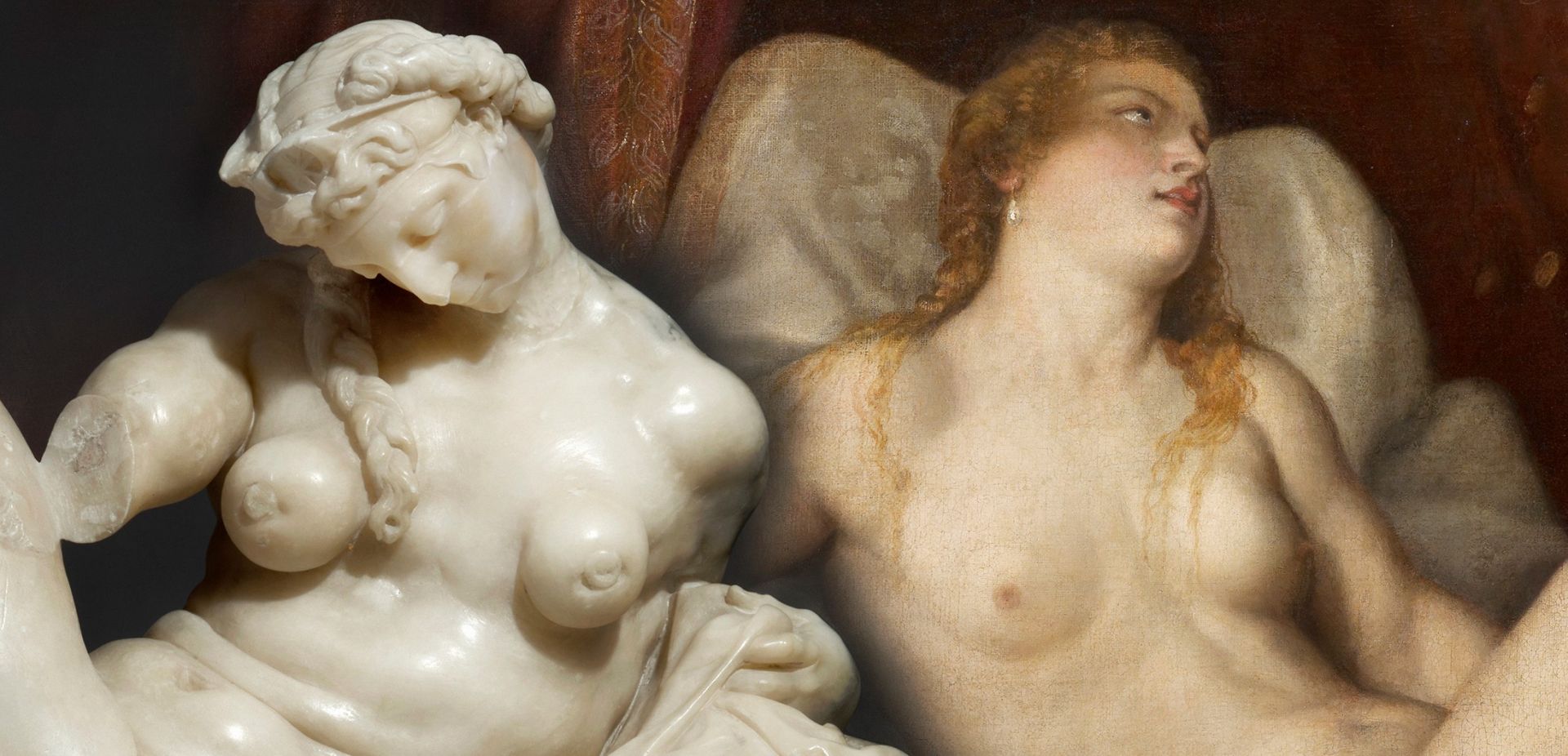
 SIGN UP TO OUR PAGE
SIGN UP TO OUR PAGE
 Nowadays, however, the urge to excel in every field has reached unprecedented heights. What is more, everything seems to be available, regardless of innate aptitude. We are driven by the ubiquitous official and social media. In every field, rankings are being written up in which both professionals and casual observers have their say. The media are interested in this kind of valuing, involving the emotions of the audience. It is their voices that influence the position of a given author in the public perception.
Nowadays, however, the urge to excel in every field has reached unprecedented heights. What is more, everything seems to be available, regardless of innate aptitude. We are driven by the ubiquitous official and social media. In every field, rankings are being written up in which both professionals and casual observers have their say. The media are interested in this kind of valuing, involving the emotions of the audience. It is their voices that influence the position of a given author in the public perception. 